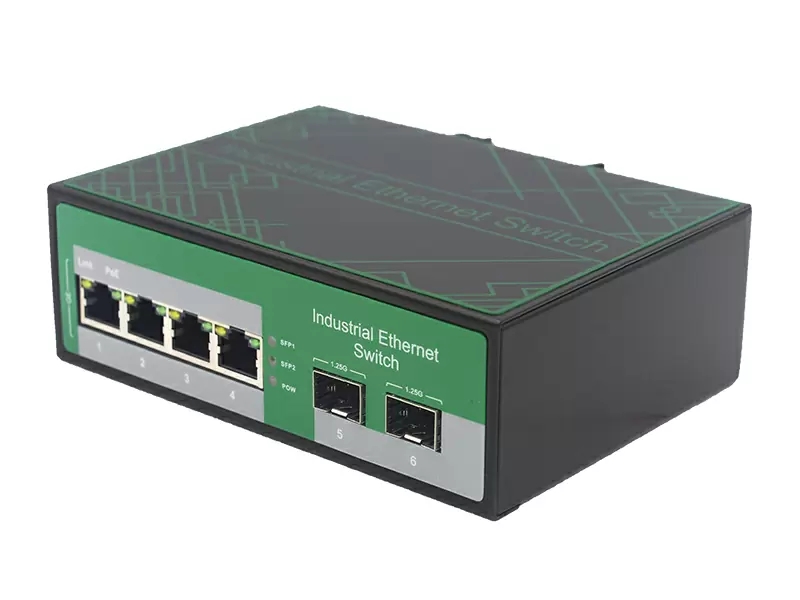.

Power over Ethernet (PoE) is a technology that allows electrical power and data to be transmitted over standard Ethernet cables. This eliminates the need for separate power cables and simplifies the installation of network devices. There are four main types of PoE, each offering different power levels and capabilities. In this article, we will explore these four types in detail.
1. PoE (802.3af)
PoE, also known as 802.3af, is the original and most widely adopted PoE standard. It provides up to 15.4 watts of DC power to connected devices, such as IP phones, wireless access points, and network cameras. This type of PoE is sufficient for powering basic devices that require low power consumption.
2. PoE+ (802.3at)
PoE+ or 802.3at is an upgraded version of PoE that offers higher power delivery. It is capable of providing up to 30 watts of power per port. PoE+ is commonly used in devices that require more power, such as pan-tilt-zoom (PTZ) cameras, video phones, and outdoor access points. With the increased power capacity, PoE+ enables the deployment of more power-hungry devices over Ethernet.
3. Ultra PoE (802.3bt)
Ultra PoE, also known as 802.3bt, is the latest standard in PoE technology. It delivers even higher power, providing up to 60 watts or even 100 watts of power per port. This type of PoE is mainly used in advanced systems and devices that require significant power, such as video conferencing systems, large displays, and advanced access control systems.
4. 4PPoE (4-Pair PoE)
4PPoE, or 4-Pair PoE, is a newer technology that utilizes all four pairs of the Ethernet cable to deliver power. Unlike the previous PoE standards, which use only two pairs, 4PPoE enables higher power transmission over longer distances. It can deliver up to 90 watts of power per port, making it ideal for applications that require both high power and long-range, such as outdoor surveillance cameras and industrial automation systems.
Summary
In summary, the four types of PoE - PoE, PoE+, Ultra PoE, and 4PPoE - provide various power levels and capabilities to meet the diverse needs of different network devices. From basic IP phones to high-powered video conferencing systems, PoE technology offers a flexible and convenient solution for powering devices over Ethernet. As technology continues to advance, PoE is likely to evolve further, delivering even greater power and efficiency.





